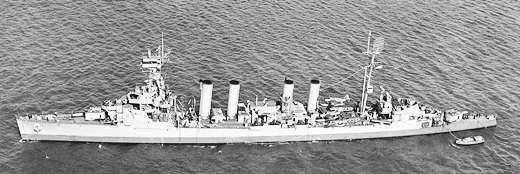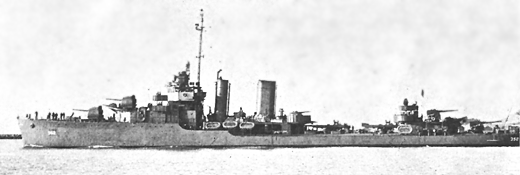AMERICA FOR AMERICA
The Interwar Period
The Great War ended nominally over on November 11, 1918. That was the date of the armistice, which only really meant that the guns were silenced for peace talks. Even though no battles were fought following the armistice, no official peace treaty was even offered until 1919. The Treaty of Versailles would settle the peace issue according to the victors' terms. The four major powers of the allies were the United States, Great Britain, France, and Italy.
"The Big Four" as they were called: Lloyd George of Britain, Orlando of Italy, Clemenceau of France, and Woodrow Wilson of the United States.
The war ended with land concessions by Germany and the break-up of the Austro-Hungarian empire into smaller states mostly based upon the ethnic populations. Turkey lost much of it's former lands as well. The treaty also gave provisions for allowed military strengths of both Germany and Austria, they being the major powers in the Central Power alliance. In addition, Germany was most impacted as far as reparations payments to the allied powers. Invariably, due to the language of the treaty, Germany was to take the blame for causing the war.
Political boundaries before and after the Great War.
The United States would stay out of the newly created League of Nations, created to prevent any future wars such as this last one. The unwillingness of the U.S. to join certainly can't be attributed to Wilson and his aggressiveness to convince the people that it was in the best interest of the nation to join--in fact, in September of 1919 he traveled 8000 miles, made 40 speeches in 29 cities in 22 days. The American population in general just wanted to secure it's own future before it went around policing the world. The United States ultimately signed a separate peace treaty with Germany, Austria, and Hungary in 1921. The United States would never join the League of Nations--ironically, it was Woodrow Wilson who came up with the concept for the League.
One way the United States would look to cause world peace would be through world-wide disarmament. One such act would be the Washington Conference of 1921-1922, which limited capital ship tonnage of leading naval powers. Another attempt would be the Kellogg-Briand Pact which went into effect in 1929. Those who signed agreed not to use war to settle problems.
Economically, the U.S. would find itself booming throughout the 1920s. The population was exploding (due in part to immigration). In the late 1920s, the stock prices were soaring. Unfortunately, the prices were not related to business activity. They were highly inflated, like a bubble ready to pop. In October of 1929, the needle found its mark. The Great Depression began. The worst of it wouldn't be over until after 1933. Nevertheless, economic problems would continue.
President Franklin Roosevelt would win the election of 1932, due much in part to the Great Depression and the people's lack of confidence in incumbent Herbert Hoover (who incidentally wasn't able to curb the depression). He believed his proposed New Deals would end the depression (or at least give respite). His policies would give jobs to the unemployed masses (at least on paper) at the expense of the taxpayers (actually causing large deficits).
Diplomatically, around the world, conflicts sprang up regardless of the policies of the League of Nations and the international pacts created to establish peace throughout the world. Peace of course through diplomacy was attempted, but with no show of force or even threat. One such occurrence was the Japanese invasion of Manchuria. This incident and subsequent occupation/puppetization made a mockery of the League of Nations. Then on October 2, 1935 Mussolini invaded Ethiopia. The League of Nations would also try unsuccessfully to peacefully settle this issue. Without the United States to solidify League policies, they felt they were powerless.
---------------------------------------------------------------------------------
A note of irony/coincidence:
The leaders of the nations of Germany and the United States at the time this story begins, were both "inaugurated" in January of 1933.












